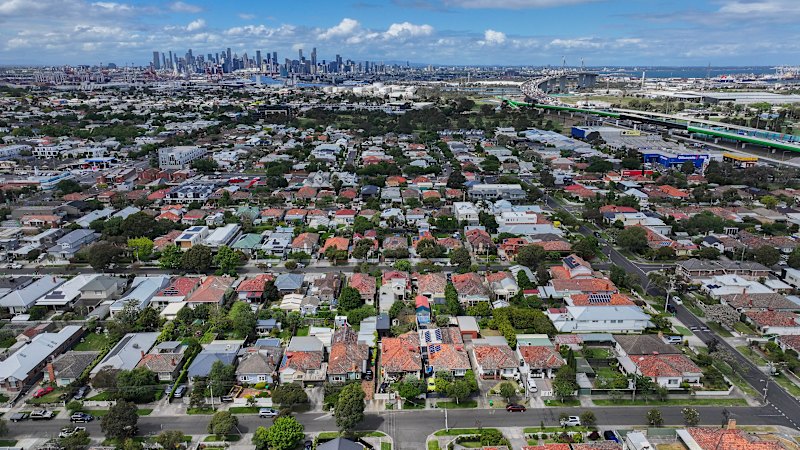
A significant rise in Australian house prices is boosting consumer confidence and spending as the holiday season approaches. In October, national dwelling values surged by 1.1 percent, marking the strongest monthly gain since June 2023. This growth has pushed the annual house price increase to 6.1 percent, as reported by the real estate data group Cotality. The recent upturn in property values is contributing to a positive “wealth effect,” encouraging spending on discretionary items.
As the economy transitions into a festive spending period, the combination of easing inflation and lower interest rates has created an environment conducive to consumer confidence. Recent data indicates that the ASX200 share market index has increased by 7.6 percent over the past six months. However, it is the growth in house prices that appears to be lifting the spirits of many consumers.
This beneficial trend primarily impacts the two-thirds of Australians who are already homeowners. For others, particularly younger generations struggling to enter the property market, the ongoing increase in house values exacerbates the divide between property owners and non-owners.
Property Market Trends and Economic Implications
The swift rise in house prices has been gaining momentum since the first rate cut in February, indicating the start of a new growth cycle. According to Cotality, the recent value increases mean that median home values in capital cities have offset any affordability improvements from lower interest rates for a typical income household. Investor demand is also on the rise, with investor loan growth reaching 7.3 percent in the year leading to September, marking the fastest annual pace since 2015.
Consumer expectations regarding future house prices are optimistic, with approximately 80 percent of respondents in a Westpac survey anticipating further increases within the next year. While feeling wealthier on paper does not necessarily translate to more disposable income, it contributes to a sense of prosperity that stimulates spending.
Australian household wealth has surged by 43 percent since the onset of the pandemic, significantly outpacing the 34 percent increase in household income during the same period. Over the past five years, national house prices have risen by 47 percent. The phenomenon known as the “wealth effect” influences purchasing decisions, with a recent report from JP Morgan highlighting that spending on travel, health, and clothing tends to benefit most from increased wealth.
Consumer Sentiment and Spending Patterns
Interestingly, spending on essential items, such as food, remains largely unaffected by perceptions of wealth. Recent findings from the Westpac–Melbourne Institute Consumer Sentiment Index show a notable increase in consumer confidence between October and November, marking the first positive reading since early 2022.
According to Matthew Hassan, an economist at Westpac, clearer signs of recovery are emerging, particularly in consumer demand and housing markets. Consumers are feeling increasingly secure about external economic threats, such as the US-China trade tensions, which have seen a recent de-escalation. Additionally, concerns regarding unexpectedly high inflation have diminished.
The combination of strong property values, a stabilizing domestic economy, and reduced external anxieties are contributing to a more positive outlook among consumers. As the holiday season approaches, many are expected to take advantage of this renewed confidence and head to the shops, signaling a hopeful economic trend for retailers.







